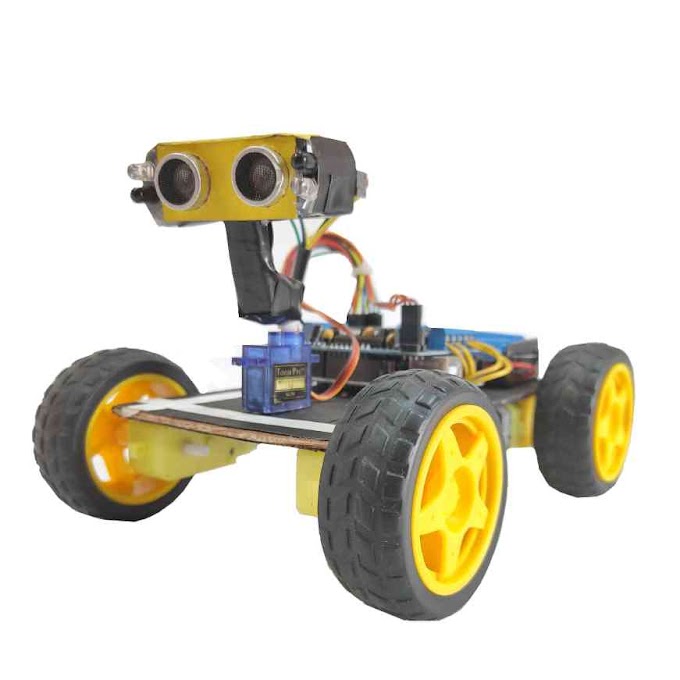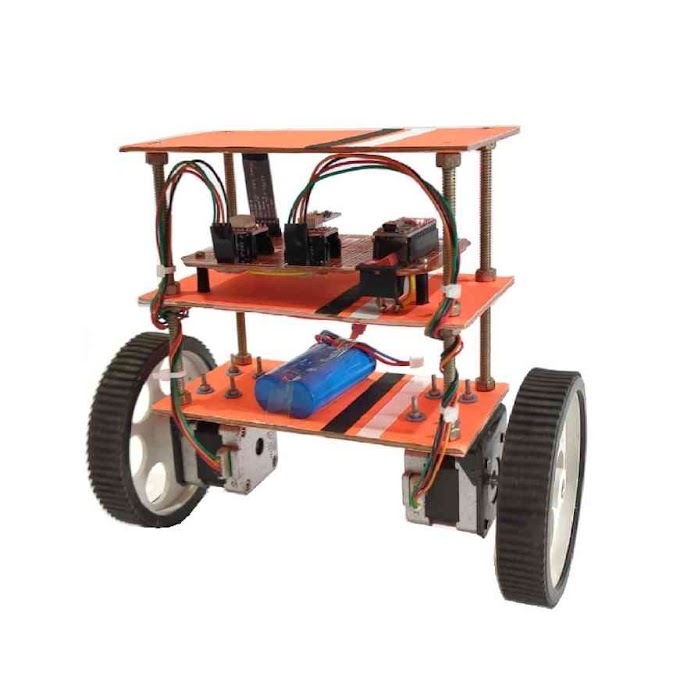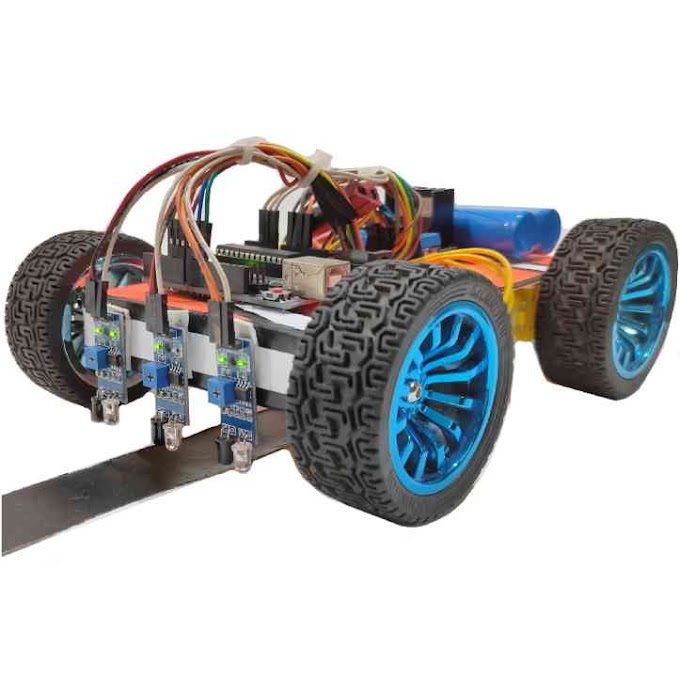Fingerprint sensor using Arduino –
Hello Makers, welcome to another knowledgeable blog. Let’s talk about this fingerprint sensor. Personally I try to avoid any access control that uses biometric sensors. But I am quite fascinated about the science behind this. So let's get down to business and connect it to the Arduino how? Well I found a datasheet from Adafruit for this sensor and it has a color coded connector. Well the cable that comes with this sensor wasn't really color coded. It’s more like one of those cables. So if I found that in where the ground is, I should be able to resolve all the other pins. You can only put the cable in one direction what is very good, and since the only pin that's marked is on the left I guess it is the ground pin. But I'm not sure, so I think I measure it through.
How does Arduino fingerprint sensor work?
Since there are no markings on this connector, if you look closer, here is a row of solder points for one of the solder points has a square outline that usually means it's a ground pin. So I should be able get a connection from this point to this. On the outer left that means that there was a red wire is definitely the ground pin. So let's write this down. We have ground, RX, TX, VCC and two pins with no connection. Nice well whatever you do this cable does not fit on any of our Arduino will use my soldering iron and sacrifice some dupont wires to make this cable Arduino compatible. So bring out my little dirty mousepad and start the soldering process funny thing is. Most of the cable just popped out when I pull it with a little bit of force the last two won't. Well it doesn't look very pretty but as long as it works I am quite satisfied. Now to the connection to the Arduino.
It's quite straightforward ground we connect to ground, VCC we connect to the five volts outputs. it should also work with the 3.3 volt output. I wonder if it's also possible to use it with a NodeMCU. We’ll see the RX of the module will connect to the TX of the Arduino and the TX of course to the RX. But since I liked to watch, how this works we won't connect it to the Rx and TX pins because if we do we are blocking the USB port we are using the software serial library and let's say we connect it to pin 2 & 3.
So straight forward at least 120 milliamps, so can be powered by the power rail from the Arduino Uno. But with other Arduino you must check if it's it can be powered by the power rail or you should connect it directly to the power source. So what have we next as I explained, the RX pin would usually connect the TX and the TX to the RX pin. What as I said we moving this a little bit to left for using it with the software serial library and if everything is connected correctly I won't crash this module. It's quite tight. So powering up, before we fiddling around, let's see if there is an already to use library for this. Let’s search for Fingerprint Sensor Library, and now there must be an example sketch there are examples - Adafruit fingerprint sensor library. This library you should be able to store your fingerprint on the sensor. Put in the USB cable of the fingerprint sensor starts to light up which means the wiring seems correct on first glimpse.
So I upload this to the Arduino and opening the serial monitor. Well seems to detected the fingerprint sensor and now let's have a test. I do a one-man test using all my ten fingers and I'm starting with my pinky. It’s finger one that's it? Second finger and again the same finger. Let's do it with all 10 fingers well, I stored all of my 10 fingers and let's try something weird. Using a black glove and try to strong one of the glove fingers. No maybe I shouldn't use the black gloves let's see what else we got. Let's try something weird I put on one of those rubber gloves and let's see. It really took a fingerprint. Okay but it didn't match - let's try this again. It took an image, but the second time didn't match so it seemed that really can only it really detects a finger prints.
How do I use a fingerprint with Arduino?
Now we have stored my ten fingers and let's check them. There must be an example for that fingerprint library. I guess it's "fingerprint" and again uploading it. So let’s test it. It seems to work maybe I forgot the index finger on my right hand pretty cool and now again. The glove test pretty hard to put this on a second time through that I'm a little sweaty. You can see It's Can slightly through this glove and maybe it can detect it. No doesn't seem to detect. Well this fingerprint sensor quite works well. You can see it transmitted the ID of the template it found and how accurate this sensor detect this ID. What I noticed this thing, with a lot of finger testing, the chip seems to get quite hot. It gets up to 40 degrees well let's have a closer look. It’s working temperature is up to 55 degrees Celsius. But the chip already has 40 degrees with me in testing. It might need a little cooling and either a passive cooling or if you built it. Somewhere in it should have a ventilator for cooling well the fingerprint sensor works quite well and operates a very easily the front seems to be of a plexiglass. But it leaves fingerprints on this sensor on so if you're using it for an excess control. You should wipe this glass clean every time you use your finger because otherwise it might be able to someone might be able to duplicate this finger well. So it's probably not good for sensible data or sensible access control but it's a funny toy. I'll look for a good use for it I'm glad this sensor on doesn't transmits to the Arduino that it's just detected a fingerprint but also detected which fingerprint it's detected and with which reliability is detected so you can choose not to not to accept this fingerprint.
If the reliability is too low and all the templates fingerprint templates are stored into this device this version has a storage capability of about 200 fingers so it's not for commercial use. But for nice private fun use and wait, let's take a look if it's really works with the NodeMCU board, and change the wiring. Well the good news is it even works with the ESP - the bad news is this version doesn't seem to work with 3.3 volts but only with 5 volts. So I had to use the 5 volts from the Arduino board. But if you're powering the ESP with 5 volt anyway you can use the power source to also power this fingerprint sensor.













